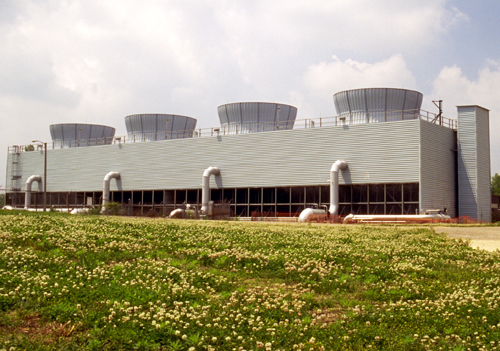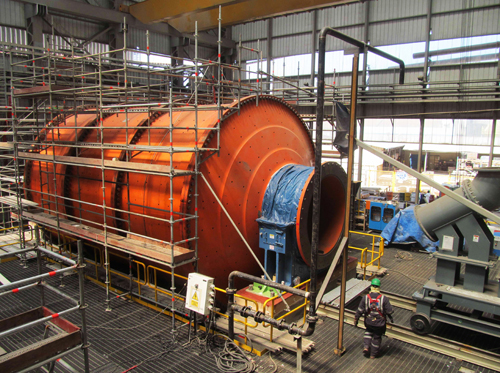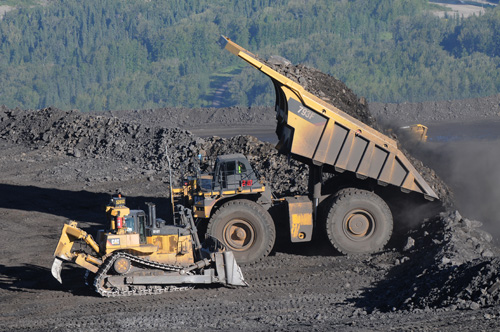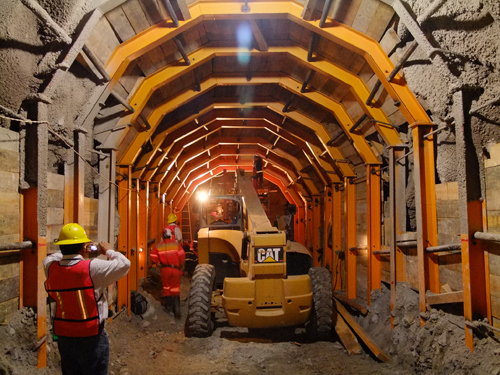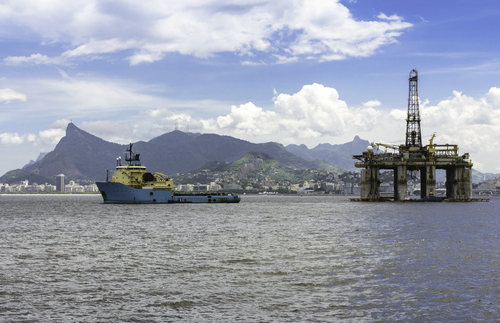
“If you ask me what factors have contributed most to our success,” says SOS Safety International’s Managing Director, Carmen Nieves, “I would have to say it is a healthy combination of hard work and effort, a lot of negotiating, a lot of sales and ultimately a lot of satisfied customers.”
DOWNLOAD
 SOS-AM-Oil&Gas-Nov13-Bro-s.pdf
SOS-AM-Oil&Gas-Nov13-Bro-s.pdf






